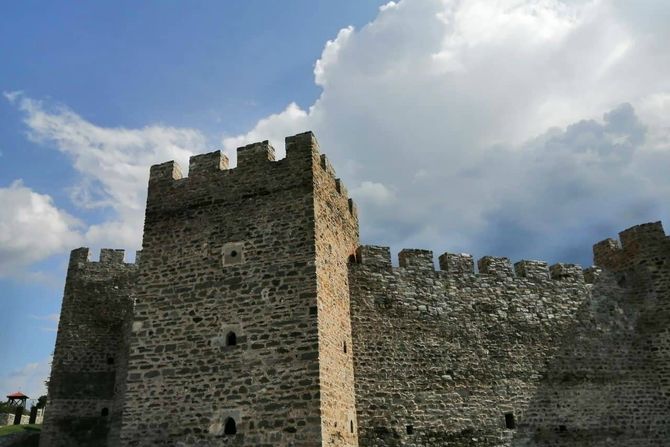
Medieval Ram Fortress, Serbia's hidden gem: Beauty and priceless views
The village of Ram is located about 15 kilometers from Veliko Gradiste. Once you pass Silver Lake, the path takes you to Zatonje. Along the way you enjoy the Danube, and in some places you can stop and cool your feet in the river. From Zatonje, along a road as smooth as glass, you go straight to the village known for its fortress that bears the same name.
The Ram Fortress is located on the right bank of the Danube. Hungarians, Byzantines, and Turks all fought to control Ram. It is one of the oldest artillery fortifications in Serbia. There is no reliable information about the time when the fortress was built, but it is first mentioned in 1128 AD.
Legend has it that Remus, the younger brother of the founder of Rome, Romulus, quarreled with his brother and then left with his wife Letitia to look for a new home along the Danube. And so he stopped at a beautiful hill and, overwhelmed by its beauty, decided to build a home there.
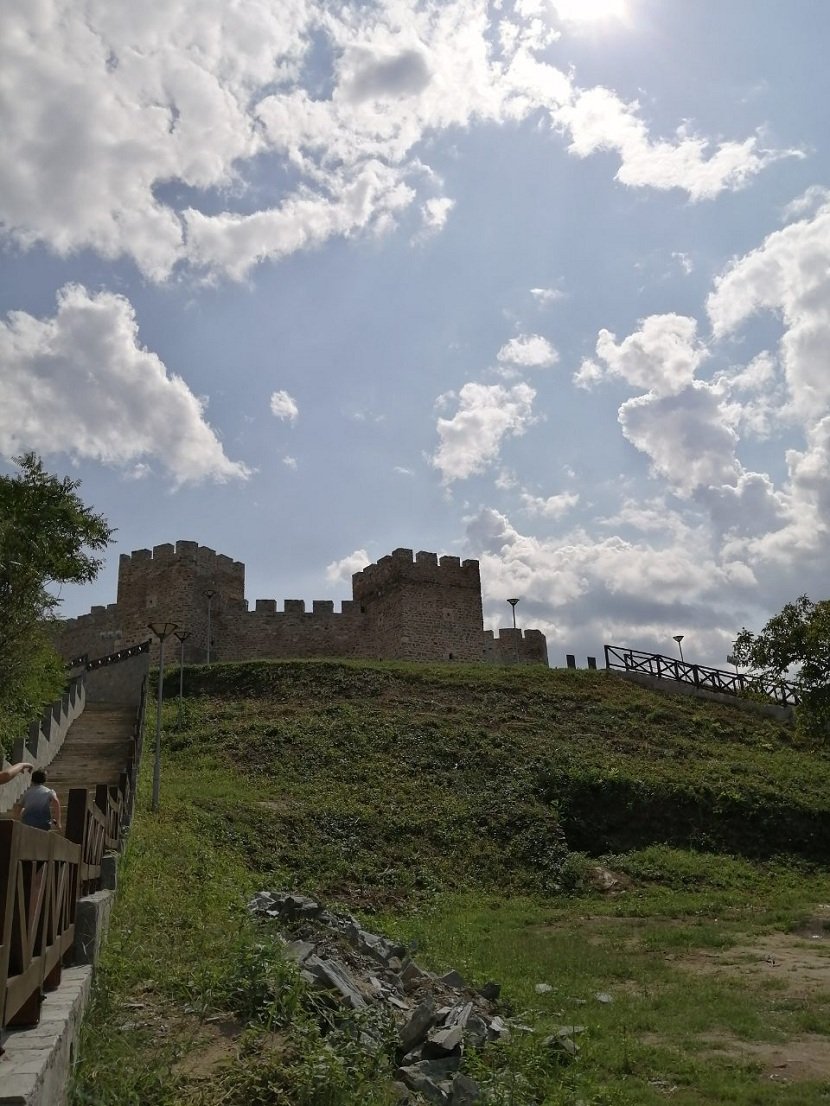
ATTILA - THE SCOURGE OF GOD
Turkish sources called this place Ihram Haram. Some sources claim that it's certain the infamous Hun leader Attila, better known as the scourge of God, spent time in Ram.
Several kilometers upstream from the ancient Byzantine fortress, a new fort was erected in 1483 by the order of Beyazid II. It was an important stronghold for Ottoman Turks' defense lines toward Hungary. The fortress had strategic importance until 1521 when the frontier of the Turkish empire moved north. From 1718 to 1739 it was temporarily held by Austria.
BEYAZID, BORN AGAIN AFTER A DREAM
The story goes that Turkish Sultan Beyazid II, while visiting his soldiers, stopped to rest on a hill overlooking the Danube and the opposite, Hungarian side. Sitting thus on a rug - "ihram" in Turkish - they say he fell asleep. When he woke up, Beyazid felt as if he reborn. He then ordered that a fortress be built on the site of his "ihram," which was named after it.
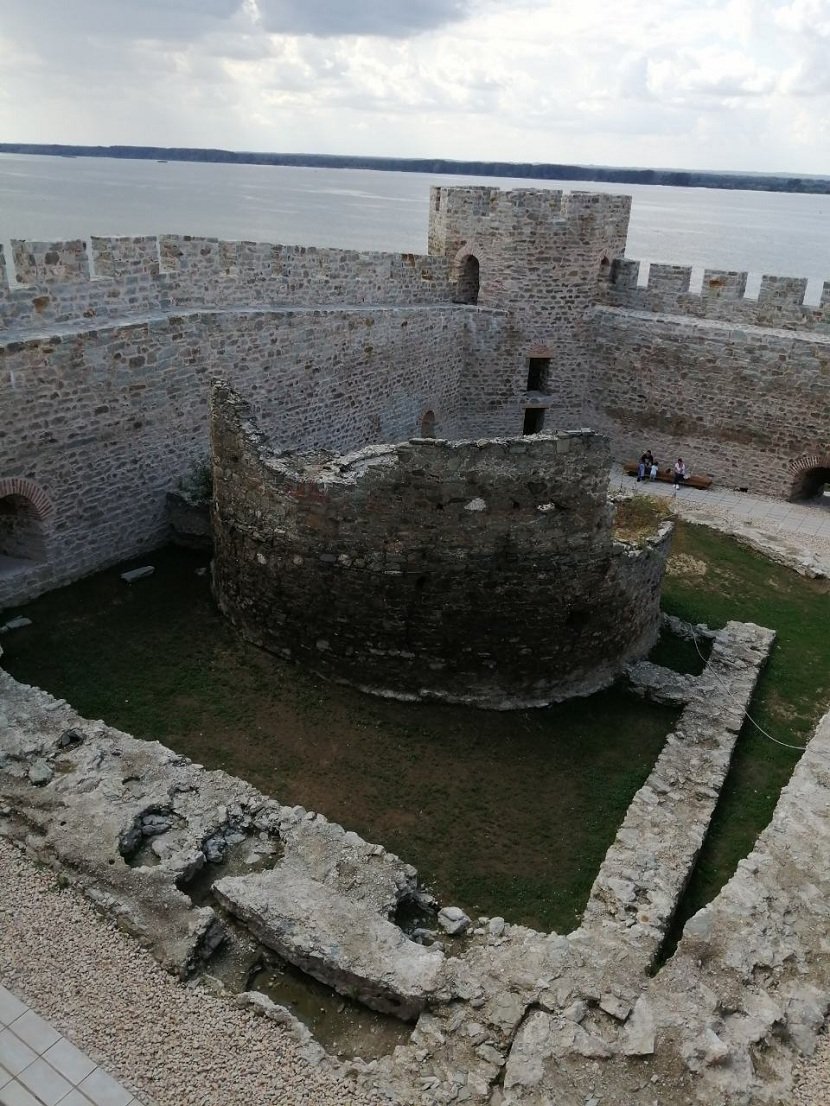
THERE ARE VISITORS, BUT EMPLOYEES ARE NOWHERE TO BE SEEN
Visitors who come will be able to tour the fortress, but with the exception of one panel located at the entrance to a local church, they will have little opportunity to learn anything because there is no organized tour, since the fortress has not yet been officially opened.
Still, there are visitors. There are no security guards or anyone you could ask any questions, no souvenirs. But there is one cottage, which will in the future serve that purpose. At least that's what it looks like. Visitors are prohibited from passing under or climbing onto several locations inside the fort, but these bans are not always obeyed.
There are no railings on some stairs, that are very steep - which does not prevent some people from passing through there anyway.
Just below the fortress docks a ferry that goes to Banatska Palanka, which creates a column of vehicles waiting to board it in an alley right next to the fortress. Those eager for refreshments can find them in a tavern right on the river bank. Even though not advertised, the establishment is doing well, with visitors arriving all the time. Imagine what would be happening if it had any kind of decent advertising.
ONCE A RUIN
The fort has been tidied up and there are no complaints there. Those in the know say that it was once a ruin which no one would dare to enter. The reconstruction work on the fortress was preceded by extensive preparations - a clean-up of the interior, the walls, as well as around the fortress. Each stone was cleaned by hand from plants and sedimented soil and washed with water. The renovation was led by a design firm from Ankara.
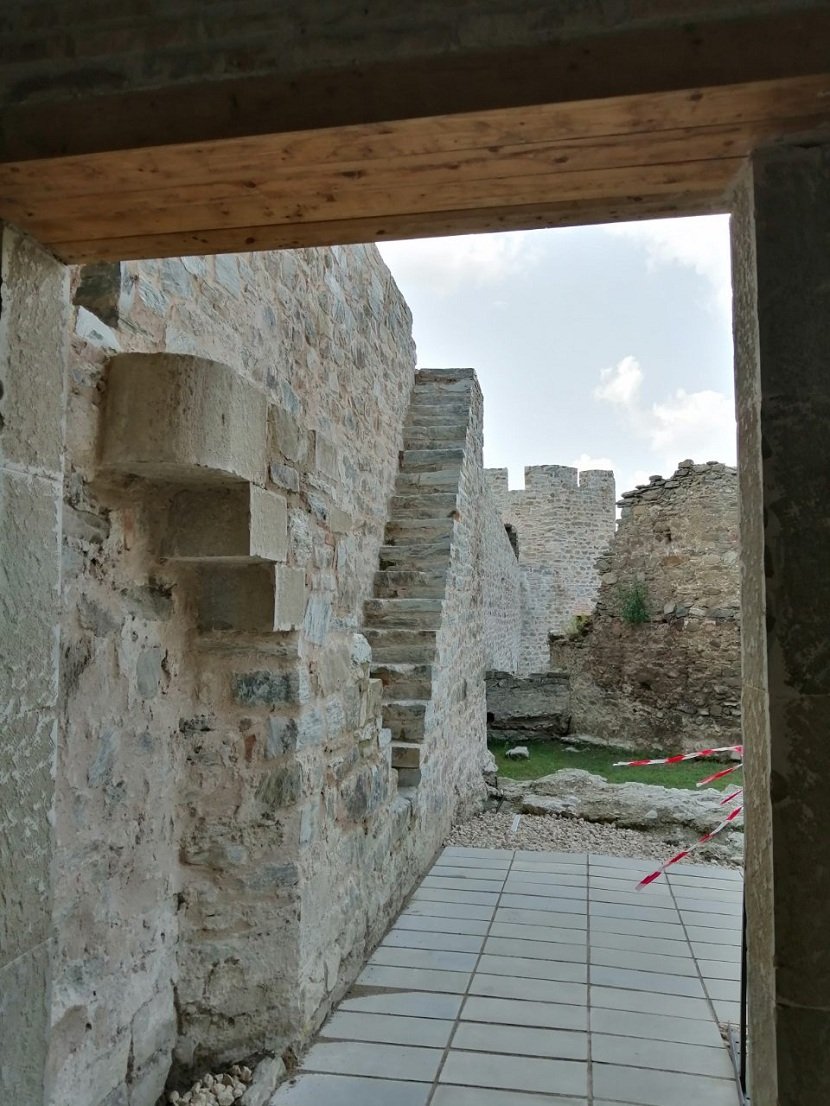
ORIGINAL MATERIALS
The restoration mainly involved the renovation of three towers and four wall panels. Most of the work was done on Tower 2, which was demolished to the ground and partially restored. Parts of the foundation have been repaired and, along with gun ports, it has been built up to the vault ceiling, while Towers 4 and 5 have also been restored. Original materials were used during the restoration, natural lime mortar, stone from a local quarry, and purpose-built brick in the ancient format, to ensure complete authenticity.
The Ram Fortress has the shape of an irregular pentagon, with a maximum length of 34 and a width of 26 meters. It consists of five architecturally similar towers with different foundations, arranged on four levels (three floors and the ground floor), one in each of the foundations, i.e., three on the east and two on the west rampart. All towers had the ground floor and three floors, while each floor had one gun port. The town (fortress) is entered through the Donzon Tower, located in the southwestern corner of the fortification.
A walkway running from the rampart along the towers had an indented parapet on the outside, to shelter the soldiers who guarded it. The fortress was built as a typical military artillery fortification made of broken stone set in quality lime mortar, while brick was used for its vault ceilings.
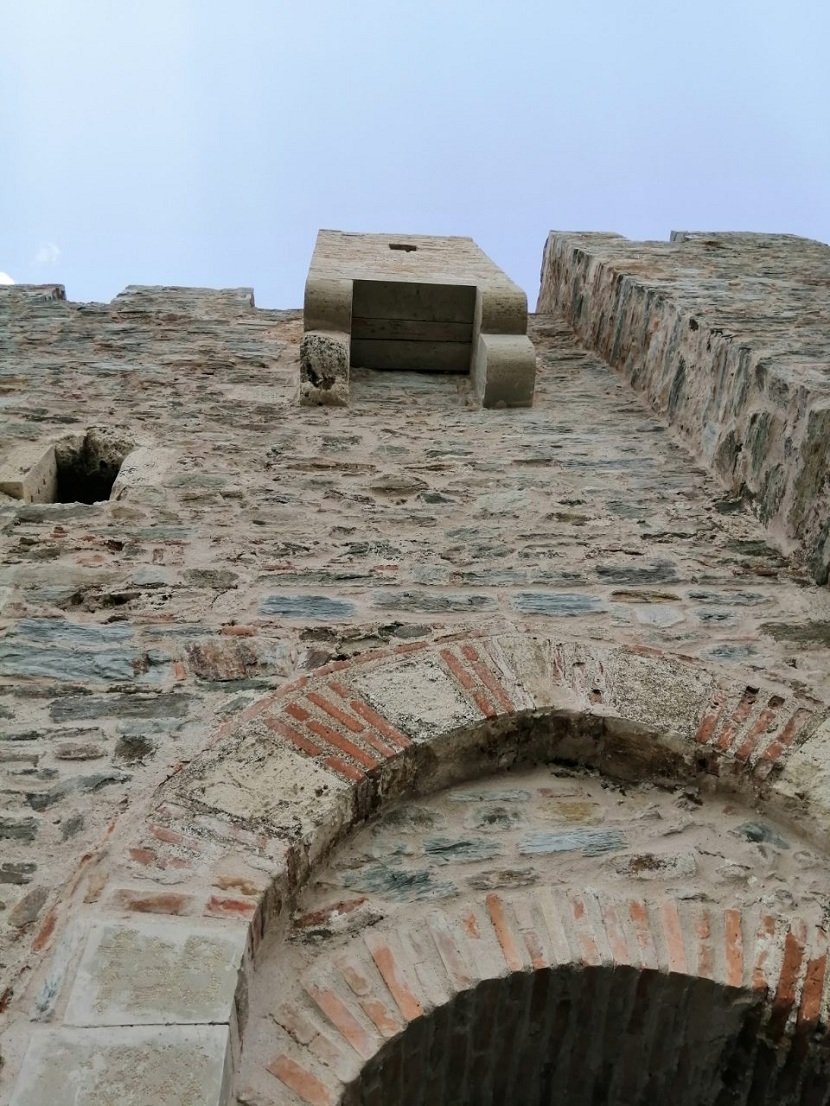
It is surrounded by two smaller outer ramparts and a wide dry moat. The moat is crossed by a bridge located at the tower in the southeastern ridge, by which the space between the fortress and the low rampart around it is entered.
The width and thickness of the ramparts varies from 1.87 to 3.35 meters, and all parts of it (except the western one facing the Danube) have separate gun ports at the same distance from the towers. The central part of the fortress contains are the remains of an old mosque. Not far from the Ram fortifications, the Turks erected a "caravanserai," a roadside inn, around which the present-day settlement of Ram developed over time.
The continuation of the reconstruction should take place when the Institute for the Protection of Cultural Monuments in Smederevo decides what the inside of the fortress will look like. Surveys covered an area of nearly 1,500 square meters, and revealed a large number of military accommodation facilities and numerous archaeological finds.
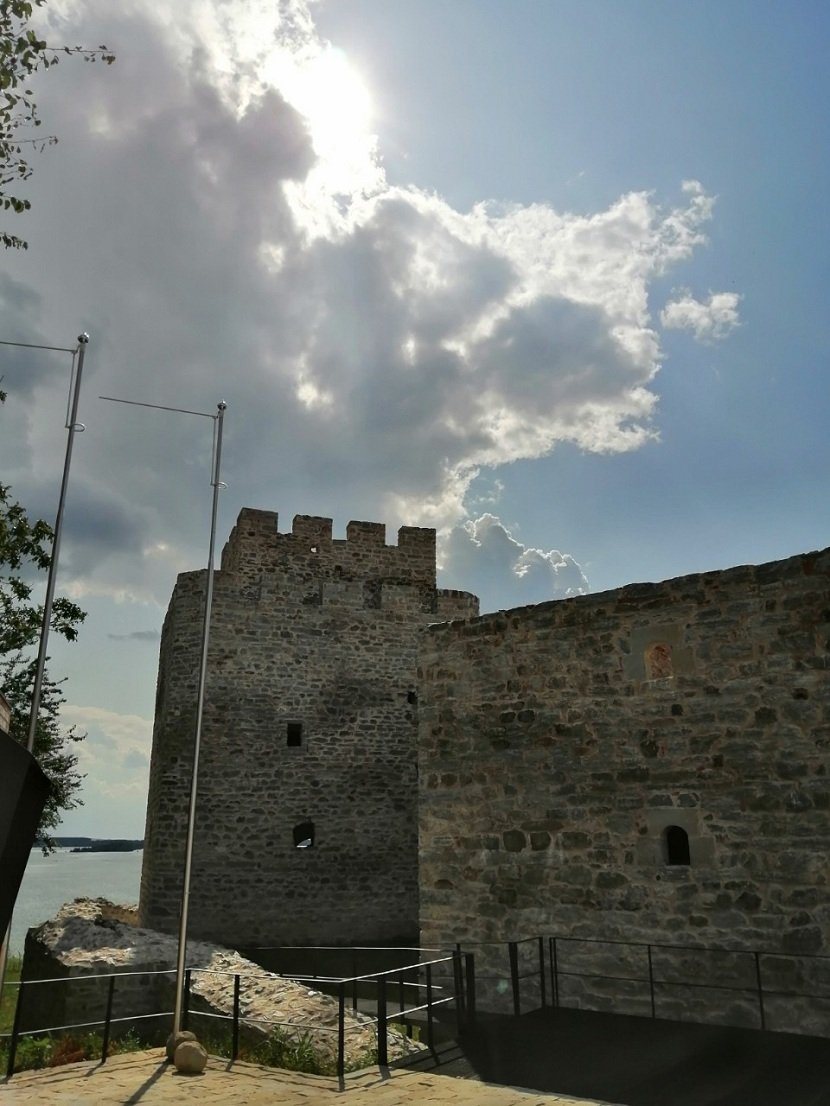
ORIGINAL FLOORS
After exploring about 70 percent of the interior, archaeologists arrived at its original floor, as well as other details that testify to the way life was organized in the fortress.
A number of structures, dating from the 16th to the 18th century, have also been discovered - from a time when the fortress was no longer a military camp. Rifles from the 17th century were also found, along with light weapons, tools, vessels and Chinese porcelain and glass - indicating that the fortress was not only a military stronghold but also a cultural center in this part of Serbia.
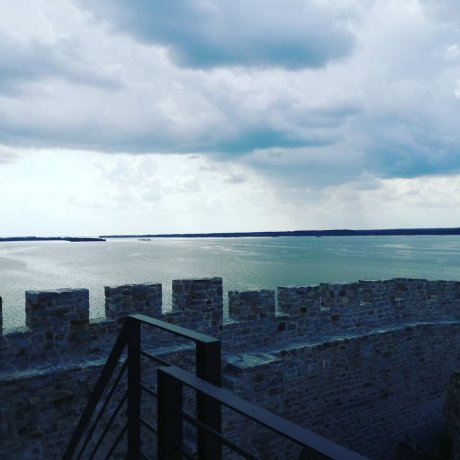
ECO MUSEUM
The items found will be exhibited in the fortress after it has been fully restored. At least such are the plans of the authorities. The idea of the Ministry of Culture is to arrange the entire village of Ram as an eco-museum.
The municipality of Veliko Gradiste also announced the building of a cycling trail that will connect with the Golubac trail through Zatonje, Silver Lake, and Veliko Gradiste.
Take a look at what the forteress looked like before restoration:
VIDEO: Serbia, this is your Golubac Fortress
(J. Vucic)
Video: Ada Raspor: Balet "Krcko Oraščić" je poseban, muzika je čarobna
Telegraf.rs zadržava sva prava nad sadržajem. Za preuzimanje sadržaja pogledajte uputstva na stranici Uslovi korišćenja.


Vlada
Looks lovely. I visited Golubac fortress couple of months ago. It was beautiful weather, we really enjoyed ... Hope in the future, to find a time and some money to visit so many attractions in Eastern Serbia
Podelite komentar